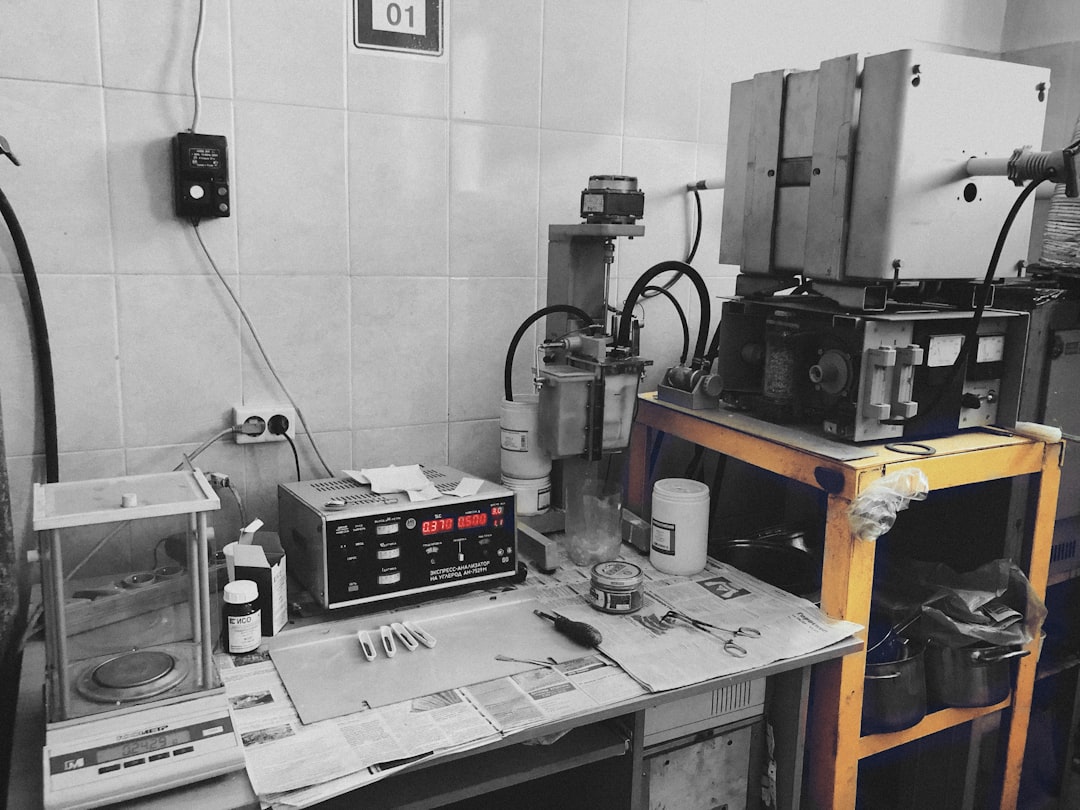body {
font-family: sans-serif;
line-height: 1.6;
}
h1, h2, h3 {
color: #333;
}
ISO 9001:2015 is more than just a set of standards; it’s a framework for building a robust Quality Management System (QMS) that drives continuous improvement and customer satisfaction. This guide delves into the practical application of ISO 9001, moving beyond the theoretical and exploring real-world examples to show how it truly works in action.
1. Defining the Scope and Context of Your QMS
Before embarking on ISO 9001 implementation, a crucial first step is defining the scope. This involves clearly identifying the products, services, and processes covered by your QMS. Consider your organization’s size, structure, and the specific activities you want to include. For example, a small manufacturing company might focus on the production process, while a large software firm might include development, testing, and customer support. Understanding your organizational context—the internal and external factors influencing your QMS—is equally vital. This includes analyzing your market, regulatory requirements, customer expectations, and internal resources.
Effective scope definition prevents scope creep and ensures your QMS remains focused and manageable. It’s important to document this scope clearly within your QMS documentation. This will serve as a reference point throughout the implementation and improvement phases.
2. Establishing Processes and Documenting Procedures
ISO 9001 emphasizes a process-based approach. You need to identify and map all key processes within your organization, from order placement to product delivery (or service provision). This involves documenting the steps, inputs, outputs, responsibilities, and performance indicators for each process. This documentation is crucial for ensuring consistency and traceability. Think of it as creating a detailed instruction manual for how your business operates.
For instance, a customer service process might involve steps like receiving a customer complaint, investigating the issue, proposing a solution, implementing the solution, and following up with the customer. Each step should be clearly defined, and the responsible personnel identified. Procedures should be regularly reviewed and updated to reflect changes in your organization or customer needs.
3. Implementing Risk-Based Thinking and Continuous Improvement
ISO 9001 places significant emphasis on risk-based thinking. This involves proactively identifying potential risks and opportunities that could affect your ability to meet customer requirements and achieve your quality objectives. This isn’t about avoiding risks entirely but about understanding them, assessing their likelihood and impact, and developing mitigation strategies. This proactive approach allows for preventative actions rather than reactive firefighting.
Continuous improvement is the heart of ISO 9001. The Plan-Do-Check-Act (PDCA) cycle is a key tool for driving improvements. This cyclical process involves planning changes, implementing them, checking their effectiveness, and acting on the results to further refine processes. Regular internal audits and management reviews help to identify areas for improvement and ensure the QMS remains effective and efficient.
4. Internal Audits and Management Review
Internal audits are crucial for verifying the effectiveness of your QMS. These audits assess compliance with the ISO 9001 standards and identify areas for improvement. Regular internal audits, conducted by trained personnel, ensure your system remains effective and compliant. These audits should be planned and documented, with findings documented and corrective actions implemented.
The management review is a high-level assessment of the QMS’s performance. This review involves senior management analyzing key performance indicators (KPIs), audit results, customer feedback, and other relevant data to identify areas for improvement and strategic decision-making. This review ensures that the QMS remains aligned with the organization’s overall strategic goals.
5. Achieving and Maintaining ISO 9001 Certification
While implementing a robust QMS is valuable in itself, seeking ISO 9001 certification provides external validation of your commitment to quality. Certification involves a rigorous audit by an accredited certification body to ensure compliance with the standard. This certification demonstrates to clients, stakeholders, and potential investors your dedication to quality and customer satisfaction.
Maintaining certification requires ongoing efforts. Regular internal audits, management reviews, and continual improvement initiatives are crucial. The certification body will conduct surveillance audits at regular intervals to ensure your QMS remains compliant. The benefits of certification extend beyond the certificate itself. It fosters trust, enhances credibility, and can open doors to new business opportunities.
Implementing an ISO 9001 quality system is a journey, not a destination. It requires commitment, dedication, and a focus on continuous improvement. By embracing the principles outlined above, your organization can build a robust QMS that drives efficiency, enhances customer satisfaction, and positions you for long-term success.
SEO Tags:
- ISO 9001
- Quality Management System
- ISO 9001 Implementation
- Quality Control
- Business Improvement




